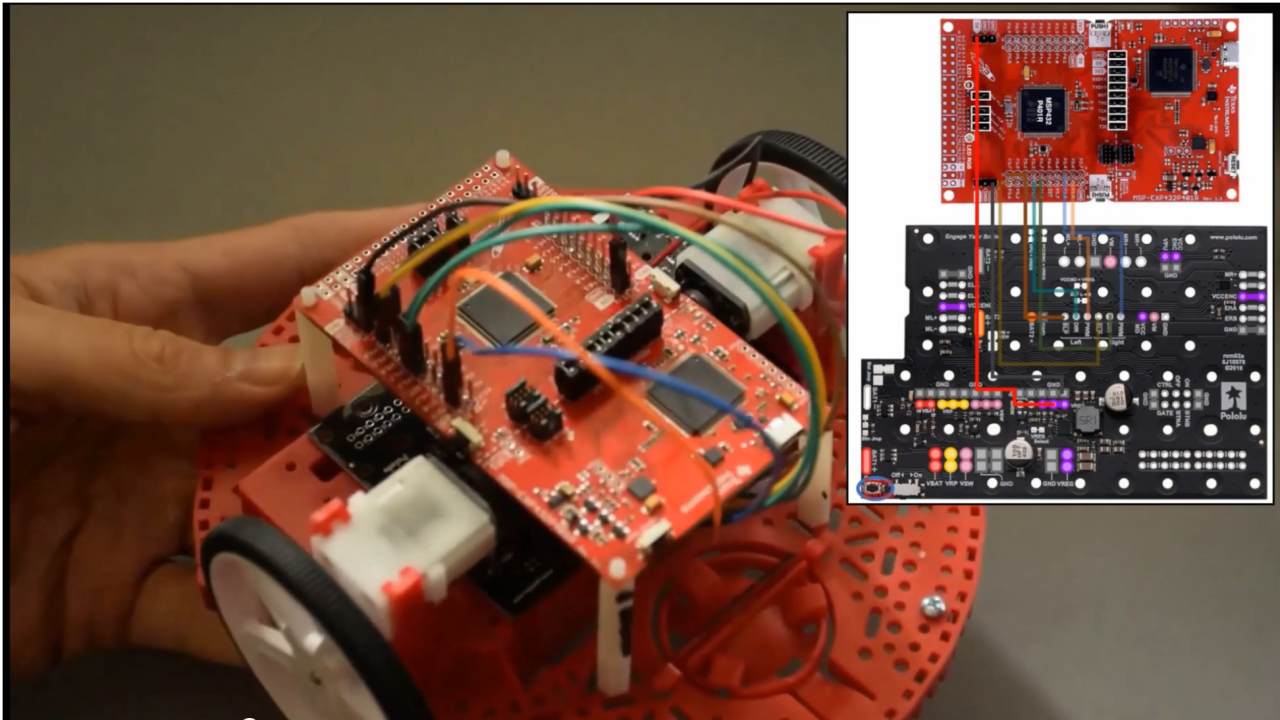
Enabling Student Success in ECE Courses During the COVID-19 Pandemic
By Jocelyn Park
At the onset of the COVID-19 pandemic and in response to California’s social distancing guidelines, the UC Davis Department of Electrical and Computer Engineering (ECE) had less than two weeks to make an abrupt transition from in-person instruction to remote instruction. This shift to virtual instruction came with numerous challenges, especially in laboratory-based courses.
“Our faculty, staff and teaching assistants have come up with innovative solutions to run remote labs, provide additional academic support, promote active learning strategies, increase lecture participation and preserve the sense of community among students,” said Andre Knoesen, professor and chair of the Department of Electrical and Computer Engineering. “We are going to continue to educate future engineers and industry leaders, as well as maintain our commitment to academic excellence.”
Running ECE lab courses remotely
Since students were not able to access on-campus laboratory equipment, the ECE department shipped lab materials to the students living in different parts of the state, country and the world. The devices and kits that were shipped included microcontroller boards, FPGA boards and robotic kits, as well as personal USB measurement instruments. The department staff worked closely with the faculty to create more than 340 shipping labels in order to continue to provide hands-on experiences to students. The ECE department's efforts during the pandemic have been recognized by the campus community and praised by our chancellor Gary May.
After the start of spring quarter, the faculty faced many challenges as remote instruction disrupts typical feedback loops and hinders issue resolution. “Our faculty employed novel techniques and teaching strategies, in conjunction with more established practices to provide feedback to students,” observed Professor Hooman Rashtian. One innovative solution was having students with an excellent grasp of the material help others in the debugging process during lab assignments. These “student assistants'” were selected from students who finished their lab assignments early; they received extra credit for answering their peers’ questions and helping them in troubleshooting their labs under supervision of the graduate teaching assistants (TAs).
Other more traditional techniques, such as providing students with video tutorials for asynchronous learning were also employed. For example, TAs for the lab courses created videos describing each week’s lab, the final project, and common lab issues. Videos were hosted on a UC Davis video streaming platform called Aggie Video and linked to the course website. This method allowed students to watch these videos at their own pace and review them as necessary when doing labs or working on homework.
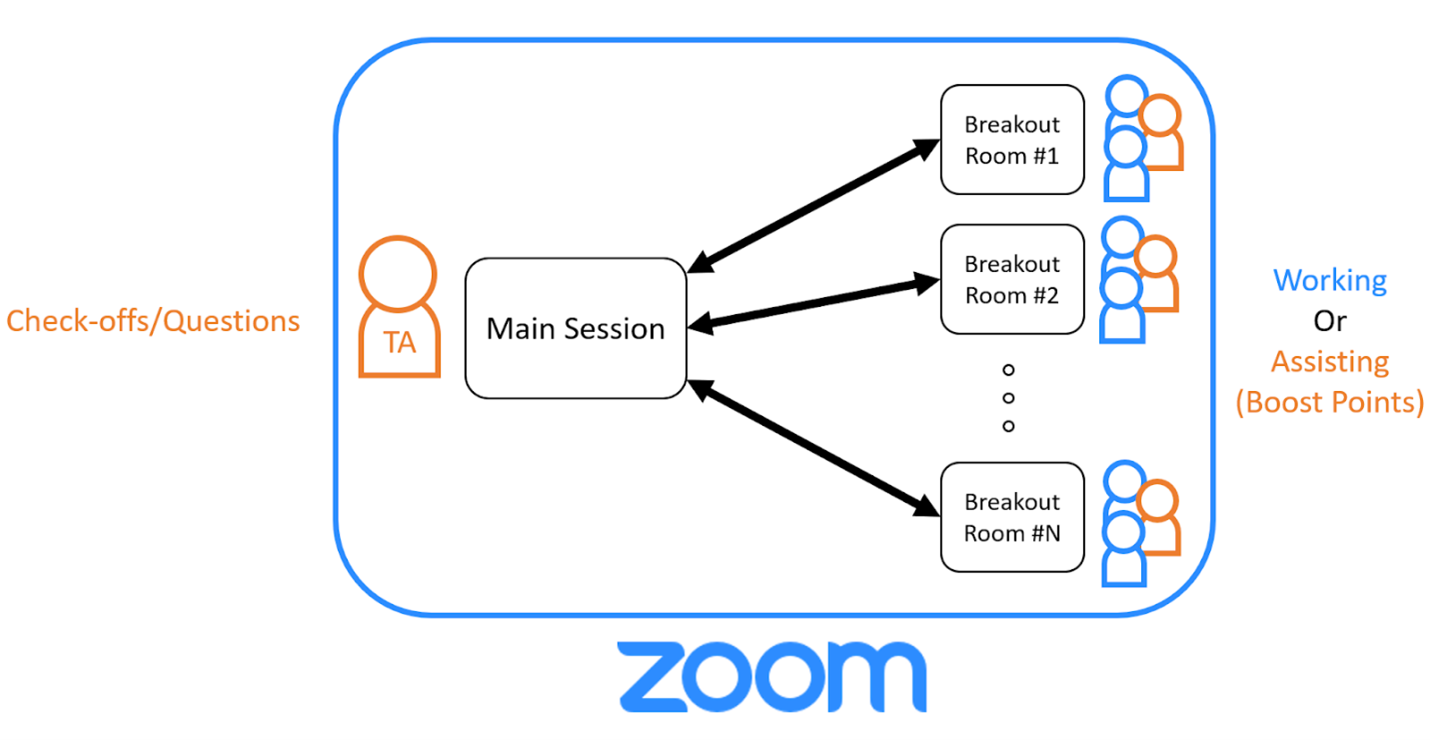
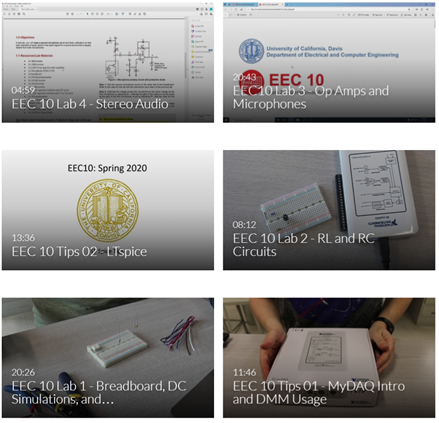
Since traditional measurement equipment had to be replaced by more affordable and smaller personal USB instruments, such as Analog Devices, ADALM2000s and National Instruments MyDAQs, the lab manuals and instructions had to be revised. To address this issue, the department hired development teaching assistants who worked under faculty supervision to make the necessary revisions and provide more step-by-step instructions. This approach was designed to lower the chance of students needing assistance from TAs, who have a very high workload during online instruction.
Another logistical challenge of remote instruction was software installation on heterogeneous devices. While students normally had access to Windows computers with all of the required software programs in the ECE labs on-campus, not every student had access to a Windows OS computer off-campus. To address this issue, TAs created virtual machines with a Windows environment for Mac users. The ECE department also provided educational licenses and adopted free software programs as much as possible so that students could continue their lab experience remotely. This approach proved successful and made the online course offering independent of the student’s operating system.
The role of the TAs in successful transition to online instructions was undoubtedly critical. The department is fortunate to have dedicated TAs who are truly enthusiastic about teaching and mentoring younger students and ready to go above and beyond the call of duty to enhance the learning experience of our undergraduate students. The Smita Bakshi Digital Learning & Teaching Awards, established by donors in Spring 2020, were given to six ECE TAs to recognize their exceptional innovative use of technology and development digital material to improve learning outcomes during COVID-19
Enhancing student participation and human interaction in the lectures
In addition to the above-mentioned activities for facilitating remote labs, the UC Davis ECE faculty were very active in finding new ways to encourage and promote student participation in their lectures. In synchronous lectures, many of the students choose to keep their webcams off, and instructors were not able to accurately gauge the level of understanding by simply looking at students’ faces. Therefore, the instructors integrated digital tools and active learning platforms in their lectures to be able to ask questions about the material and test the level of understanding of students during synchronous lectures. Some of the faculty also tried to incorporate interactive simulations in their lectures, which was effective in helping students develop a more intuitive understanding of the concepts. Another technique to engage students in the lectures was to send students to breakout rooms so that they could have the opportunity to exchange ideas with their peers. Using breakout rooms for active learning, as well as providing one-on-one support to students in laboratory sections, was widely used in most of the ECE courses.
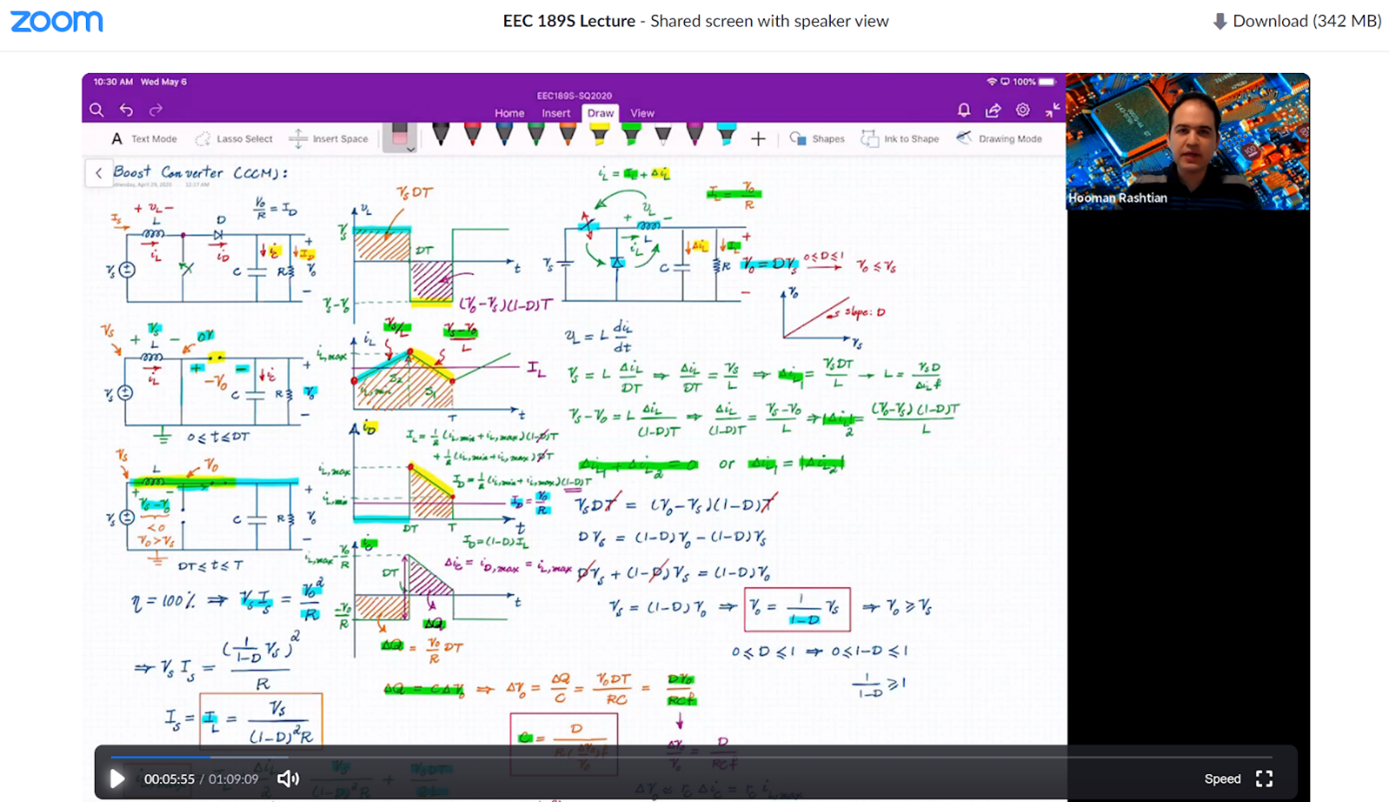
Other instructors who give asynchronous lectures decided to integrate short quiz problems into their slides which students had to complete before they could watch the remainder of the videos. Integrated quiz questions helped instructors close the feedback loop and spend more time on concepts that the class struggled with.
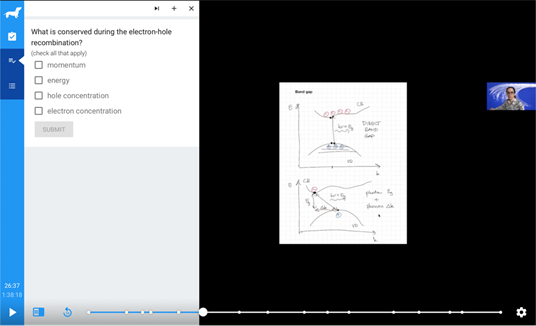
Preserving a sense of community
The UC Davis Department of Electrical and Computer Engineering not only strives for high-quality education during the COVID-19 pandemic, but also tries to preserve a sense of community among their students. As an example of the department's efforts on this front, in Spring 2020, the ECE department paired each faculty member with a group of students to provide additional support. Students were able to reach out to their faculty advisor for help during transitioning to online learning, whether it be personal or academic difficulties. Many of the faculty dedicated extra office hours for advising students and guided them to find the appropriate campus resources available to students for tutoring, advising, and mental health services. The department and individual instructors also gave multiple surveys to students to collect their feedback about remote delivery of the courses and apply timely modifications based on students’ comments and experiences.

Jocelyn Park is an undergraduate student studying electrical engineering at UC Davis. She is pursuing minors in writing, mathematics, and computer science to hone her communication, analytical and programming skills to become the best digital signal processing engineer she can be. Jocelyn was a part of the team that redesigned ECE labs for remote instruction and helped the ECE department ship and deliver more than 340 lab parts to students for Fall Quarter 2020.
